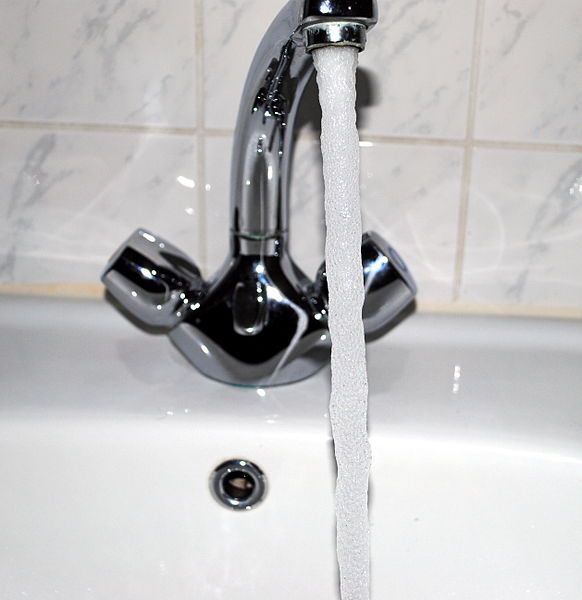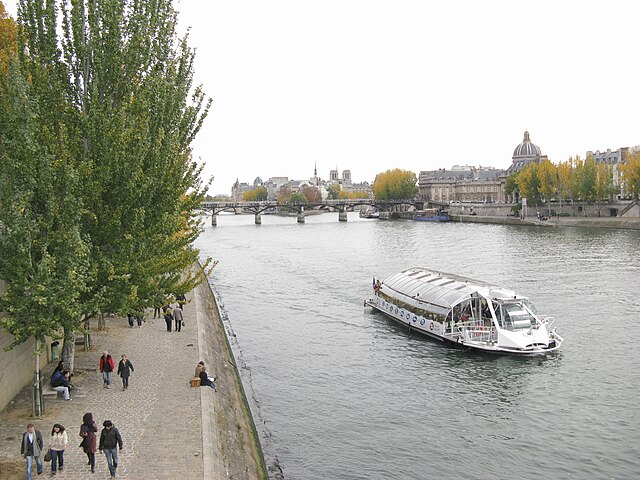Water privatisation in England and Wales
The water privatisation in England and Wales involved the transfer of the provision of water and wastewater services in England and Wales from the state to the private sector in 1989, through the sale of the ten regional water authorities (RWA). The potable water supply as well as the sewerage and sewage disposal functions of each RWA were transferred to privately-owned companies.
Until the 1980s, universal provision of drinking water and sewerage services in England and Wales was considered a public health service. The water industry was privatised in 1989, according to the Conservative government's programme.
Joseph Chamberlain (1909)
Water privatization is short for private sector participations in the provision of water services and sanitation. Water privatization has a variable history in which its popularity and favorability has fluctuated in the market and politics. One of the common forms of privatization is public–private partnerships (PPPs). PPPs allow for a mix between public and private ownership and/or management of water and sanitation sources and infrastructure. Privatization, as proponents argue, may not only increase efficiency and service quality but also increase fiscal benefits. There are different forms of regulation in place for current privatization systems.
Graffiti against the closure of a public fountain and privatization of water in Turnhout, Flanders.
The Hampton water works serving London were part of the assets sold in 1989 as part of the privatization of water supply in England.
The water supply of Paris was operated by two private companies from 1985 to 2010, each serving one half of the city.
The water supply of Barcelona has been managed by a private company, Aguas de Barcelona, since 1867.






